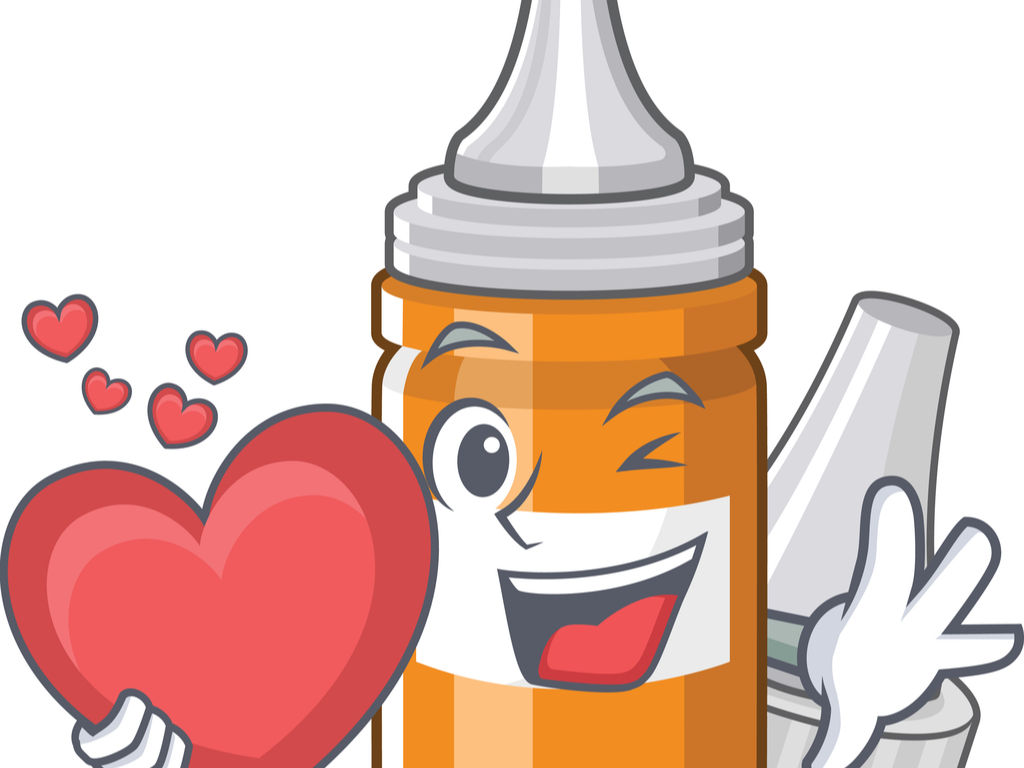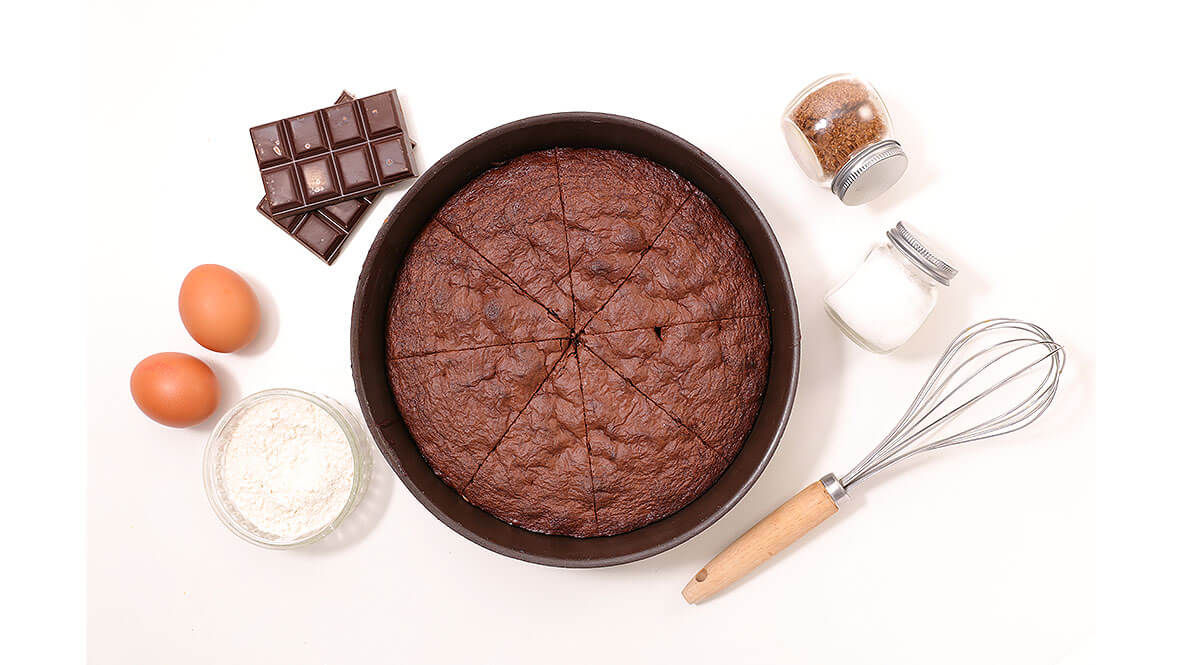Patients don’t always want to (or remember to) take their meds — which may be frustrating, but it’s something that doctors are aware of and have to deal with. Specifically, glaucoma medication adherence has always been more than a small problem for ophthalmologists, as CAKE magazine has reported previously. So, doctors need to get wise to patients’ ways and find the best path forward to ensure their patients adhere as much as possible to their prescribed medicine to fight glaucoma.
Note that we’re using the word “adherence” here rather than “compliance,” a word that gives the image of a policeman wielding a baton. Doctors are here to help patients with their conditions, after all, and not enforce rules. Encouragement is far more valuable than coercion, especially since patients can’t (and shouldn’t) be monitored 24/7 to ensure they’re taking their meds.
Taking a cue from Patient Preference and Adherence magazine, we’ve put together a list of ways for doctors to help patients adhere to their medications. After all, controlling intraocular pressure (IOP) is the best known way to control glaucoma, and getting patients to follow their prescriptions is tantamount to success. Let’s dive right in and see what the fuss is about.
Preservative-Free Eye Drops and Dry Eye
One frequent complaint about glaucoma eye drops is they often lead to dry eye. This is largely due to the presence of preservatives in IOP eye drops, and it’s hard to blame patients for not wanting to take something that makes them feel lousy.
Most notably, benzalkonium chloride (BAC) has been noted to be a frequent cause of ocular surface disorders — notably dry eye. This is no laughing matter: A French study noted that 62% of patients taking topical glaucoma medications suffered at least one ocular surface disorder, and 19% had four or more. That’s a significant number, and one of the most major obstacles to patient adherence.
A switch to a preservative-free (PF) topical medication could be the answer both doctors and patients are looking for in this case. One study suggested that 72% of patients who were prescribed a PF tafluprost preferred it to preserved latanoprost. Many other studies back up this claim, indicating that patients generally prefer PF drops, and that these PF drops appear to be as effective as their preservative-laden cousins — though more long-term data is needed to ensure these claims.
Patient Education Is Key
One simple reason patients may not follow their doctor’s orders when it comes to glaucoma meds is a simple lack of understanding of how glaucoma works. It’s a common problem that affects medicine of all kinds: How many patients stop taking their antibiotics as soon as they feel better rather than finishing the course as required? If your answer is “a lot,” you’re on to something.
So, naturally, having a robust set of literature available for patients and clearly explaining to them just what glaucoma is and how it works is a key step in getting patients to follow their prescriptions. For doctors, the main issue here is time — if an ophthalmologist was to spend time educating patients on the mechanisms of glaucoma and just why they need to take their meds as prescribed, they’d end up doing little else.
In general, those with overall good health and a poor understanding of the mechanisms of glaucoma tend to be those who are the least adherent. If you feel fine, after all, why continue the meds? That’s how many patients think.
To help patients understand their condition, consider providing them literature on the subject and pointing them to well-researched websites to help them grasp the full picture. Glaucoma.org is a good place to start, as is the U.S. National Eye Institute.
Changing Delivery Mechanisms
For patients who struggle to administer eye drops themselves or for those who are just forgetful, implantable glaucoma medication releasing devices are on the market. To wit, Allergan’s (Dublin, Ireland) DURYSTA™ made its mark as the first biodegradable sustained-release implant for open-angle glaucoma. As a relief, it relies on good ol’ bimatoprost.
Backed up by the ARTEMIS study, DURYSTA appears on all counts to be a viable and valuable alternative to bimatoprost drops. So, for patients who are forgetful, have shaky hands, or just don’t like eyedrops, this provides a great way forward.
Other delivery mechanism alternatives include gel or spray formulations like Nyogel® (Novartis, Switzerland) which requires only a once-daily treatment.
Many glaucoma patients are older, and older people often have many medications to take at various intervals. Making their lives easier by minimizing their schedule or giving them one less thing to remember will likely make for a popular doctor.

Reminders? Different application methods? Why not all?
Whatever a doctor can do to ensure their patients adhere to their glaucoma meds is a positive step toward reducing the long-term effects of the condition. Whether this includes switching delivery methods, changing to preservative-free drops, or simply switching to tele-reminders via an app or other adherence tracking tool, any way forward is better than forgetfulness or omission.
Because glaucoma is such a multifactorial and personalized condition (many researchers are calling it “glaucomas,” plural now), getting to the core of the issue with each individual is key. That’s why a greater understanding of glaucoma is a good thing worldwide — and it’s something we’re happy to play a role in as much as we can. After all, what wouldn’t be better than a grassroots movement of glaucoma patients reminding each other to take their meds?
A wise man once said, “From understanding comes wisdom. From wisdom comes action.” That wise man is me, and I made that up just now, but you can feel free to tell your patients you made it up yourself. Whatever gets them to take their meds is groovy, baby.



